Description
The Dunlop EP103 Echoplex Delay Pedal is in Santas big sack, delivered fresh to the door in time for Christmas dinner, made by Jim Dunlop little helpers, arriving with all the warranties and all toppings included. This is just a great pedal from a great brand, its available and in stock. Pedal Delay Echoplex EP103 Dunlop Guitar Effect Pedal.
The original Echoplex EP-3 is an incredible delay system that is loved not only for its delay but its preamp tone. MXR have taken it as a challenge to bring that delay in to a small digital pedal that can easily be put on to any pedalboard. The EP103 delay is the result and it sounds absolutely stunning.
Analogue Response
Making a digital version of a previously very analogue piece of gear is always quite tricky. This is because you need to not only match the tone but also the feel and response of the original. MXR have acomplished this by using a 100% analogue dry path as well as a high quality digital path for your wet signal. This means that the original guitar sound is not tampered with and responds as normal while the digital effect just adds layers.
Realistic Digital Reproduction
The EP-3 is such a hard piece of kit to emulate without using massive analogue circuits just due to how much went into it. Because MXR have worked out how to not only capture the tone but expand on its capability using digital tools this pedal is incredibly small and portable. You can even add that typical aged tape warble with the Age control.
Delay Time, Tap Tempo
Just using the built in time control you can already get a pretty impressive 750ms delay time but when you use an optional tap tempo controller you can get a massive 4 seconds of delay time which even some of the most popular of digital delays can’t achieve let along one with this epic classic modulated tone.
Here’s what Dumlop say about the EP103 Echoplex Delay
The Echoplex Delay delivers the legendary Echoplex EP-3’s warm, organic
modulation with 750ms of delay time and an Age control to shape the sound of your repeats, from clear and shimmering to saturated and distressed. Features stereo and tap tempo capability, with up to 4 seconds of delay time, and a hi-fi all-analog dry path.
Specifications
- Vintage Echoplex EP-3 tape echo warmth and modulation
- Hi-fi analog and digital audio paths
- Dry path is 100% analog
- Age control varies delay tone from pristine to dark and dirty
- Delay control provides 65-750ms of delay time
- Tap tempo jack provides up to 4 seconds of delay time with external Tap Tempo Switch
- Studio-grade low noise floor
- Relay true bypass and delay trails modes
- Stereo In/Out capability when using TRS cables
. Available from Just Pedals for only £209 + delivery. Read More for details, demos & to order securely online.
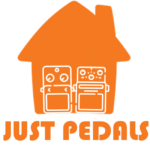
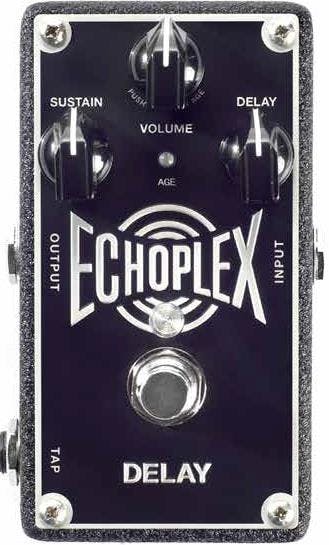
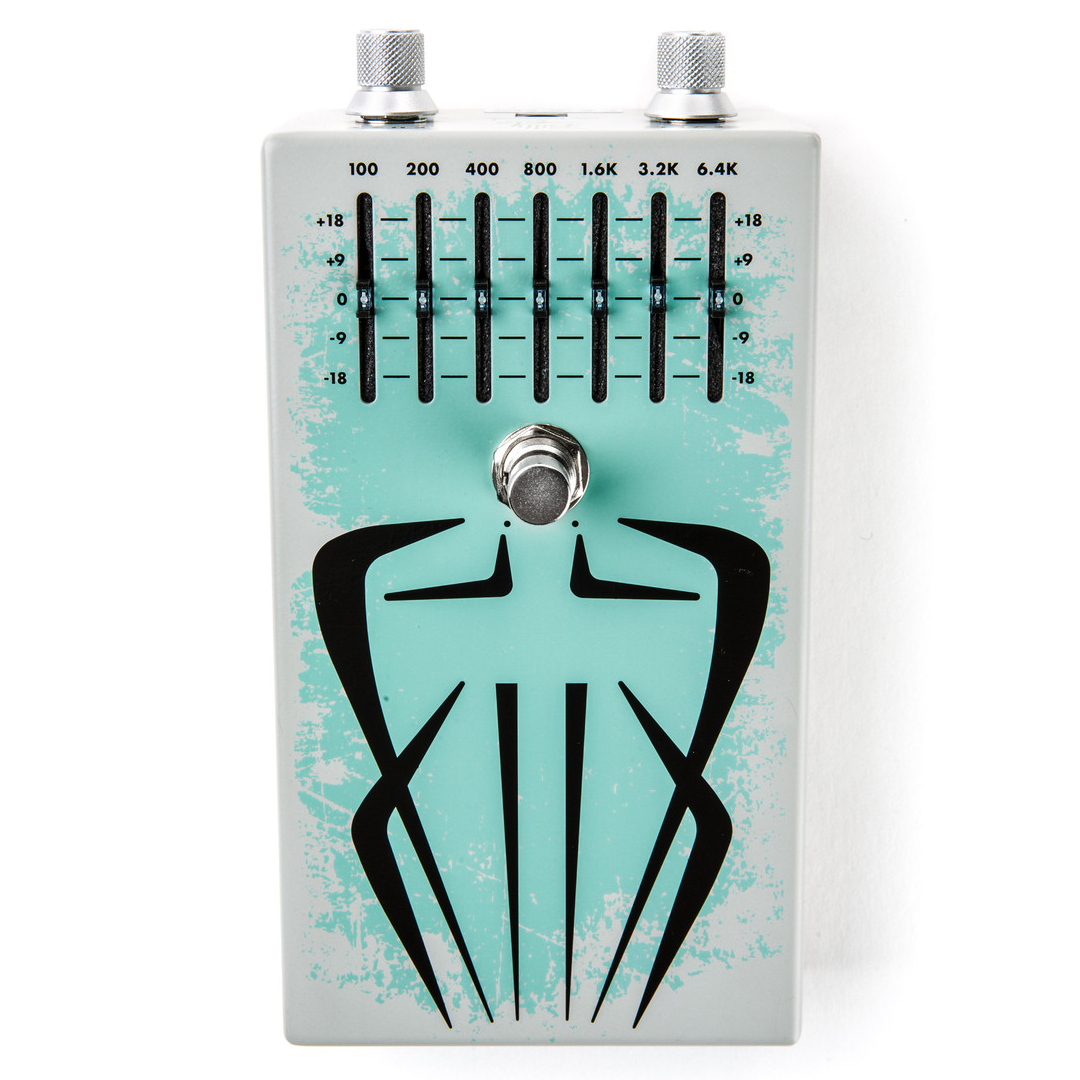
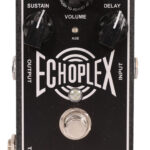
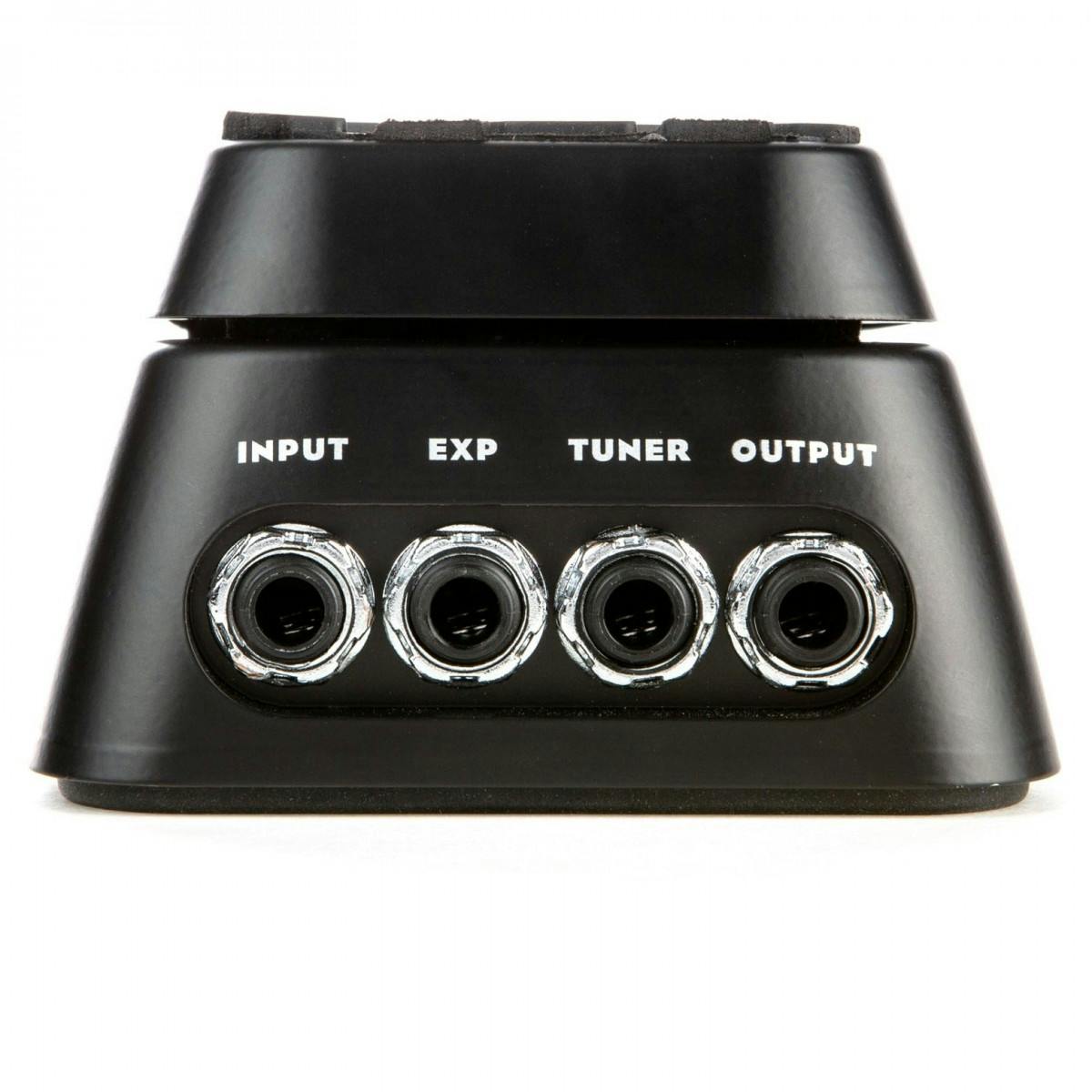
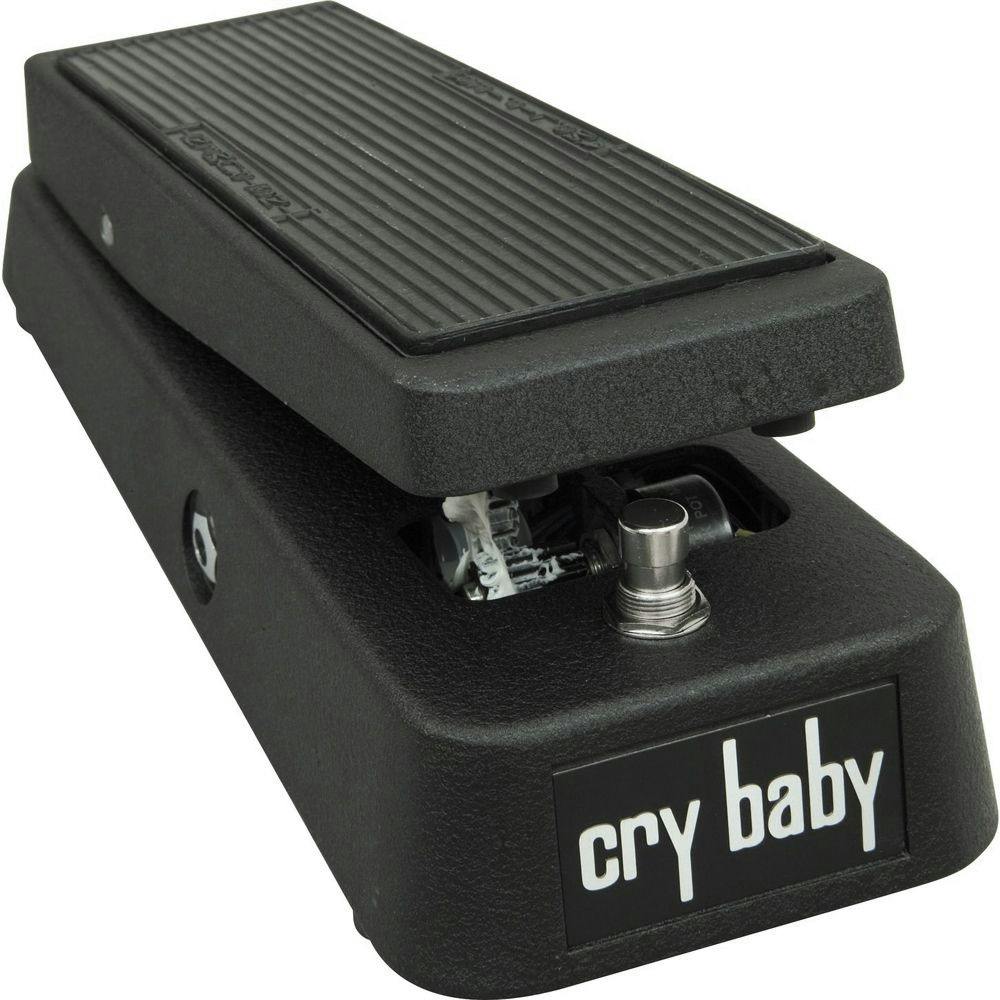
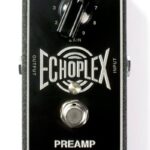
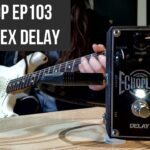




![[Power Specifications] Input voltage: AC 100-240V 50/60Hz, extension cord 5 feet. [Wide use] Widely used in hand-washing counters, Halloween decorations, handheld vacuum cleaners, security equipment, liquid crystal displays, LED lights, light-emittin...](https://m.media-amazon.com/images/I/41LRcg88jPS._SL313_.jpg)